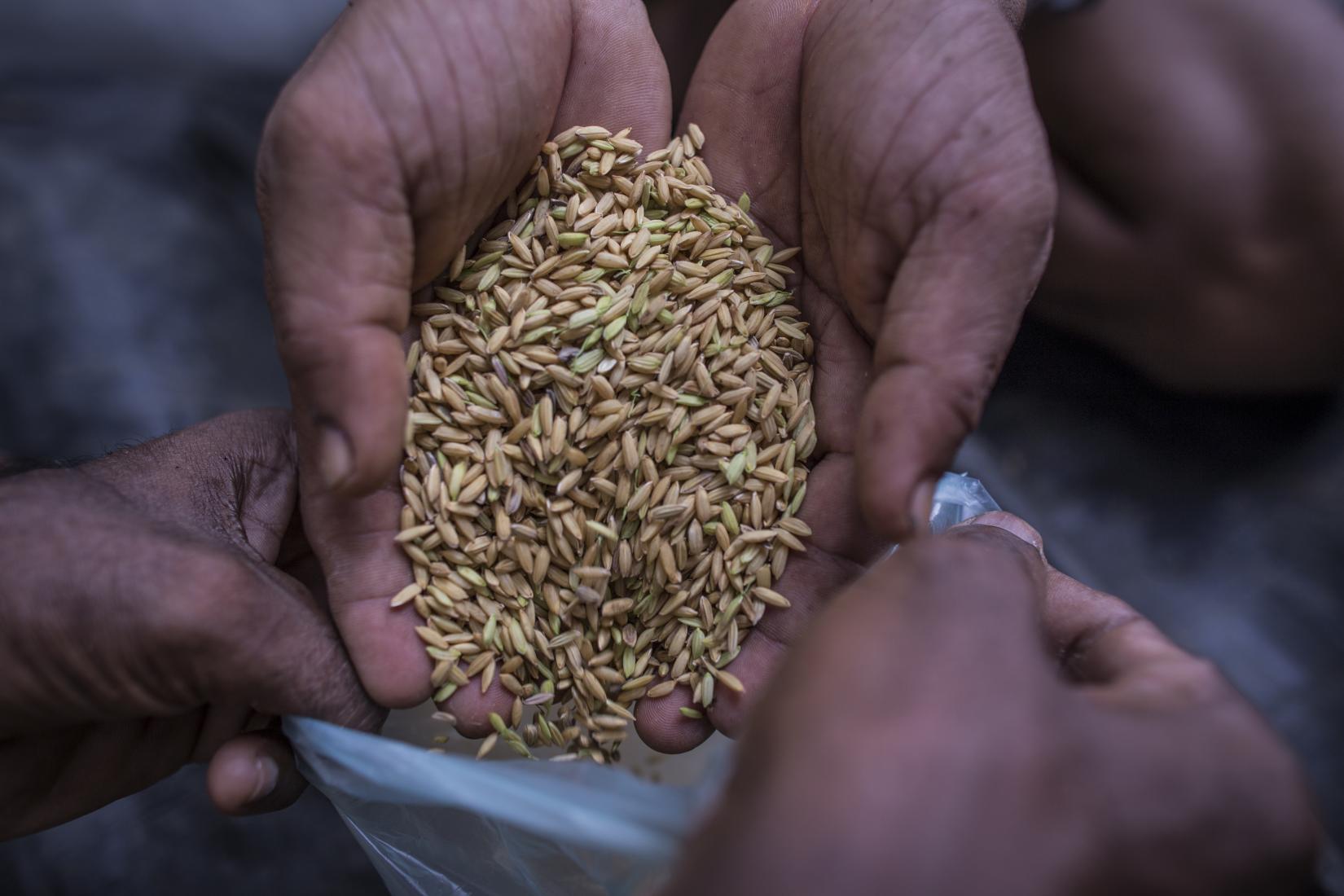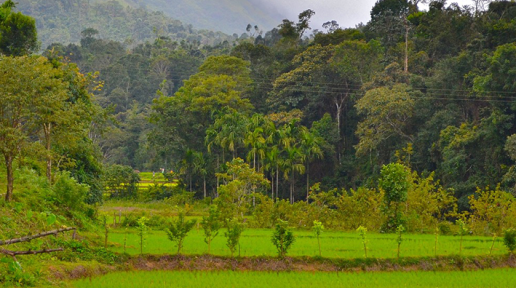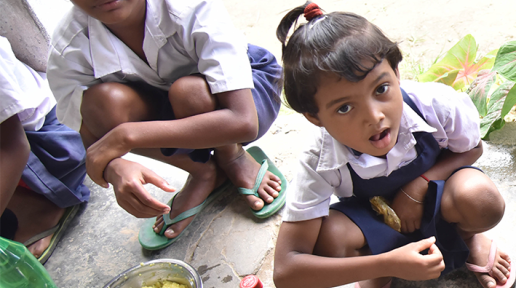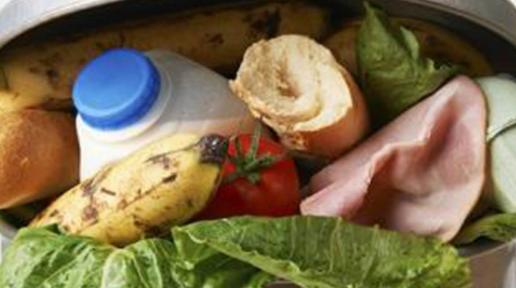Outcome Group 2 contributes to progress on SDG 2: to end hunger, achieve food security and improved nutrition and promote sustainable agriculture. It aims to provide all people, including children, women, and marginalized populations, increased access to and consumption of adequate, affordable, and diverse nutritious food and quality services throughout the year.
The UN system’s contribution to Outcome 2 is aligned to the National Food Security Act,2013 which adopts a rights-based approach. It supports the governments in strengthening food-based social protection systems, optimizing supply chains, and updating food safety measures.
Challenges
• Reducing the levels of malnutrition
• Ensuring all eligible citizens can access nutrition services
• Ensuring efficiency in social protection systems
• Implementation of NFSA 2013, especially in remote areas to be made more robust.
The UN system’s contribution to Outcome 2 focuses on:
• Ensuring increased knowledge and capacities of stakeholders and systems at national and state levels to improve the nutrition content and increase consumption of nutritious and diverse foods as well as access to quality services in institutional settings and at home and
• Enhancing capacity of government and other stakeholders to ensure the availability of diverse and nutritious food through resilient food systems.
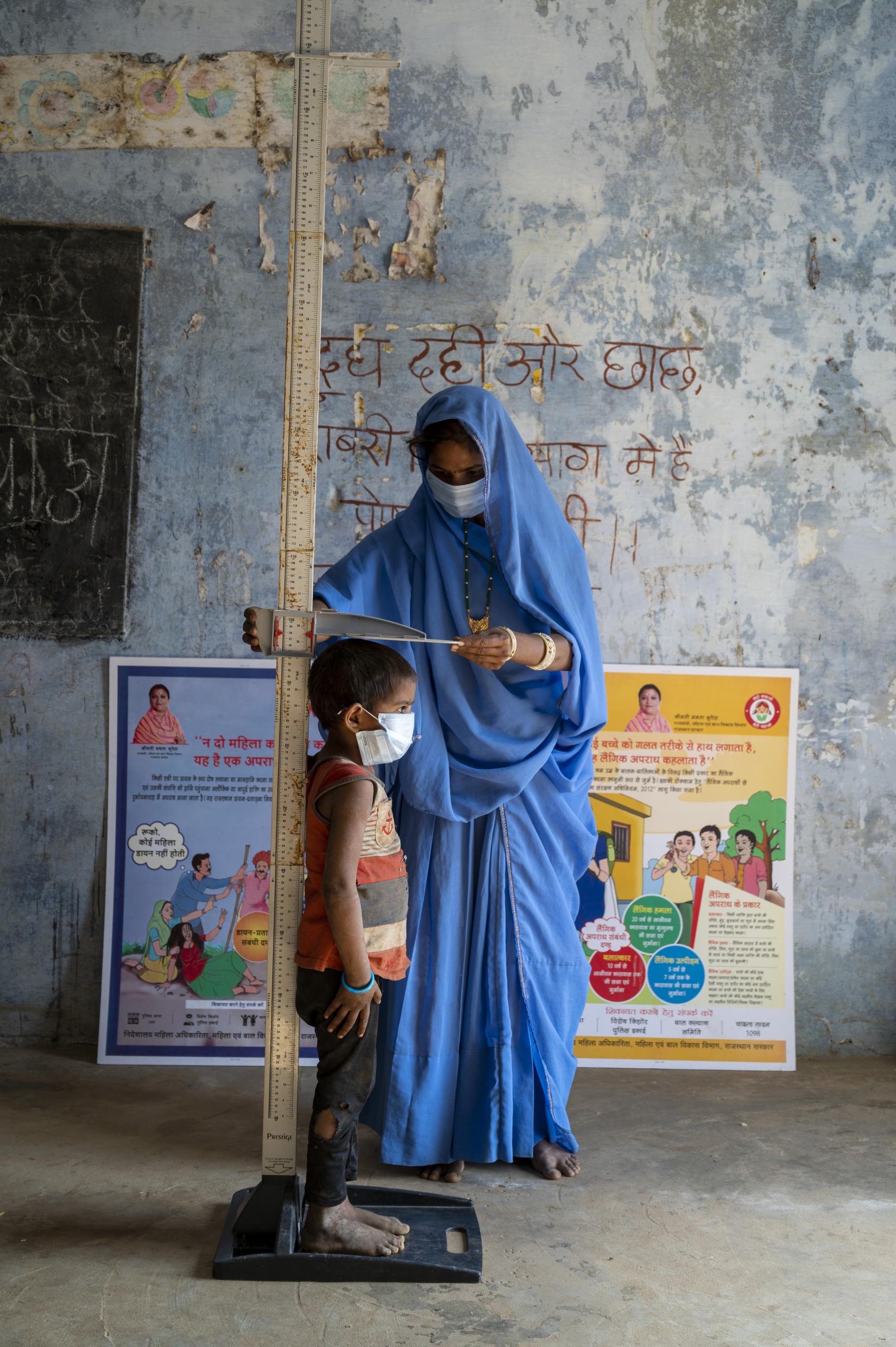
UN development support and partnerships to achieve Outcome 2
The UN system focuses on specific interventions pertaining to nutrition and food security. Its programmes related to nutrition address infant and child feeding, adolescent nutrition and maternal nutrition. It supports micronutrient interventions, including food fortification and supplementation. Prevention and management of malnutrition, including anaemia, overweight and obesity, are a priority area for the UN system. It works with communities to promote healthy diets and focus on social and behaviour change communication (SBCC), emphasizing health, hygiene and food safety.
In the area of food security, it contributes to strengthening the Public Distribution System (PDS), optimizing supply chains (including storage) and strengthening value chains (including cold storage). The UN system also focuses on technical support, research support, capacity strengthening and innovation for both areas of intervention. It supports the government in strengthening regulatory systems for food safety, including the creation of institutional frameworks for certification.
The strategies adopted for the UN system's contribution to Outcome 2 include providing technical and advocacy support and facilitating innovation for strengthening government systems, programmes and services to improve nutrition and food security, as well as sharing good practices through South–South and Triangular Cooperation. The UN in India complements the government’s programmes and leverages its partnership with governments from the national to the grassroots level.
Leaving No One Behind focus
The UN system focuses on the most vulnerable sections of society with particular emphasis on gender equality. The UN system is focused on strengthening existing government programmes and systems, working alongside government counterparts from the national level down to the block level with an emphasis on providing innovative solutions and supporting policy formulation. It also prioritizes pregnant and nursing mothers, infants and young children, adolescent girls, school children, urban poor, PwDs, SC and ST communities, migrants, refugees, pastoralists and small and marginal farmers, including women.
Synergies with government schemes and programmes:
Mission POSHAN 2.0, National Health Mission (NHM), Anaemia Mukt Bharat, Eat Right Campaign, PM POSHAN, Public Distribution System, Integrated Child development Scheme, National Food Security Mission (NFSM), Rashtriya Krishi Vikas Yojana, INDIA Good Agriculture Practices (INDGAP) Certification Scheme, AGMARKNET Scheme and Kisan Drone Scheme

